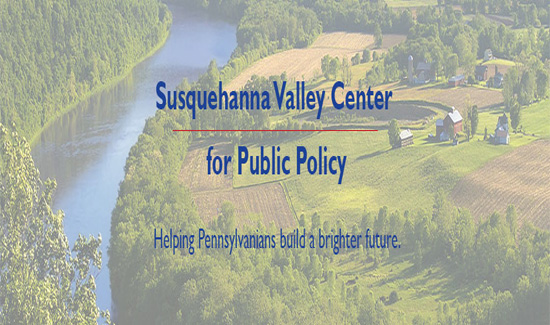Should PA Have an Earlier, Separate, Presidential Primary?

As voters and pundits begin focusing on the closer than it seems 2020 presidential campaign, calls for Pennsylvania to move the primary election date earlier on the election calendar are starting to be heard. Those of strong political bent want to make our state more relevant in choosing the two major party candidates. There are decided political and psychic advantages, such as increased candidate visits and campaign events. Being a bigger player in the selection process brings clout and prestige.
A lot of folks liked the experience of Pennsylvania being a pivotal state in the 2016 general election, irrespective of whether they were happy with the outcome. That sharply contrasted to our customary nonconsequential primary role in selecting the presidential nominees for the two parties. Not only do we come late in the primary season, but the beauty contest nature of our primary detracts from candidate attention. Short of someday electing a Pennsylvanian and getting out from under the curse of James Buchanan, 2016 was as good as it has been for a long while.
Seems a clear case for moving up the primary. Alas, as we are constantly reminded, there is no such thing as a pure win in politics. The enthusiasm for getting into the scrum of presidential primaries overlooks negative impacts on candidates down the ballot. Ours is not a Sunbelt state, and recent winters have brought snowstorms later in the season. This is potentially an election day problem, but it is much more a serious concern for the front end functions such as circulating petitions. Signature collecting for lesser offices is not easy under the best of circumstances. Just hitting the minimum number is no guarantee of staying on the ballot.
There is a parallel reform push for a later primary. The aim is to reduce the costs of campaigns and alleviate voter fatigue from a year or more of annoying campaign advertising. Plus, a shorter campaign season might encourage more challengers to jump in, being less disruptive to their lives.
A shift of date in either direction obviously cannot satisfy both interests. Staying where we are, the typical Pennsylvania default mechanism, brings to mind the sort of thing Yogi Berra would have said: The less we change, the more things stay the same. Fortunately, there is a win-win remedy available. State officials can decouple the presidential primary and delegate selection from the rest of the offices on the ballot. Set the presidential primary earlier in the year, and move the remainder later in the year.
In theory, this could give us the best of both worlds. The presidential primary can be more impactful, and voter interest can then regenerate for the regular primary. If turnout for the second primary resembles that of a typical nonpresidential year, nothing is lost.
If such a shift further clogs up the primary schedule nationally, that is neither our fault nor our problem. The national parties can sort that out.
Two primaries would undoubtedly provoke wailing and gnashing of teeth on the part of local election officials. There are added expenses and difficulties in setting up and administering elections three times instead of two, lining up volunteers, getting people to the polls, and seeing to all the other ministerial actions elections involve. But as we constantly seek ways to increase voter interest and participation, splitting the primary looms as a constructive step. Nothing says this change must occur in isolation. Reform bills intended to make it easier to register and vote, born in hope of juicing turnout, could be packaged with a primary shift bill.
Granted, good ideas enacted with the best of intentions do not always produce the speculated results. A recent study of states with open primaries yielded an unexpected finding. Turnout did not rise as advocates presumed it would. That is a reminder there are numerous variables affecting voter participation, not the least of which are the passion felt for the contenders or the level of controversy attached to them. We have seen how Ronald Reagan and Donald Trump drove up turnout for different reasons in different places.
A subsidiary consideration factors into this debate. Pennsylvania is projected to lose another congressional seat in the next redistricting, again contracting our clout. Wave bye-bye to another electoral vote. Becoming a stronger force in presidential selection can help compensate.
Anyone who does not fully appreciate the deflating power of the phrase “we have always done it this way” needs to spend more time in Pennsylvania. Still, there is no known commandment stipulating: “Thou shalt forever hold the presidential primary in April.”
It would be a rare citizen who expresses complete satisfaction with our elections as currently structured and conducted. Nevertheless, any proposed change is guaranteed to bring predictable disagreement. That too is the Pennsylvania way. But the bottom line is this – it is hard to detect considerable downside to doing things other states have tried and tested to promote more vigorous public participation in this most vital element of the democratic process. Why not enhance Pennsylvania’s political influence?
David A. Atkinson is an Associate of the Susquehanna Valley Center’s Edward H. Arnold Institute for Policy Studies
The views expressed here are those of the author and not necessarily those of The Susquehanna Valley Center.
Nothing contained here should be considered as an attempt to aid or hinder the passage of any legislation before the General Assembly.
717-471-3513 – [email protected] – www.susvalleypolicy.org






